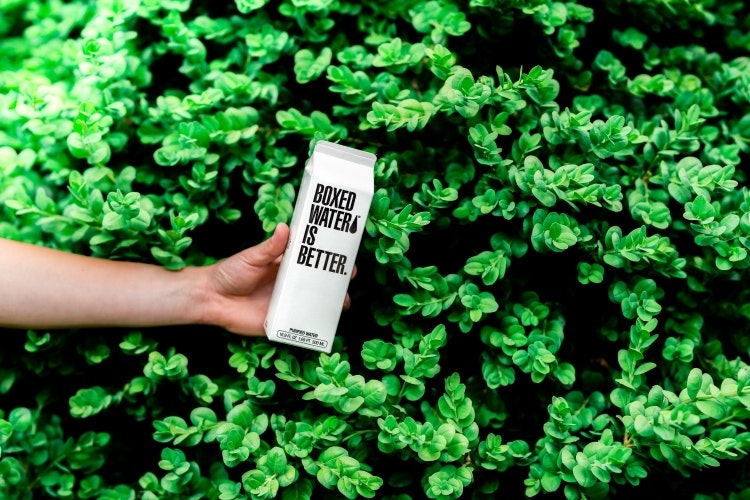We are seeing great strides in tackling the problem of packaging. Future policies such as the deposit return scheme, extended producer responsibility and the standardisation of recycling and waste collection by local authorities across the UK show that real change is coming.
Alongside this, through the efforts of organisations like WRAP & the Ellen MacArthur Foundation (to name just two), we are beginning to see once strictly competitor businesses brought together to co-create packaging solutions together.
And yet packaging can still feel like an insurmountable problem where action seems too slow and uncoordinated, and solutions too unclear and out of reach.
Over the summer the Design Council has reached out to a range of organisations and individuals from across the packaging world – from designers to recyclers and from brands to policymakers – to understand what is needed to design out the problems we face with consumer packaging.

Coordination and collaboration are growing but there needs to be more. If these three key areas are addressed, real progress can be made.
Radical collaboration
We need to see much more radical collaboration between the upstream designers, brands and retailers by aligning businesses that usually use packaging as a tool of competition and differentiation behind shared goals. We need them to scale up the collaboration that has already started in a limited way so that every packaging design becomes an exercise in collaborative problem solving.
The big question is how we make the business of packaging goods involve pooling expertise, sharing knowledge and co-designing packaging formats as a standard practice.
Systemic design for all stakeholders
More than the collaboration needed between the creators and sellers of packaged goods, we need to create a collaborative design process that brings in people from every step of the value chain.
Pack types are often designed with the best sustainable will in the world, but also with a limited idea of how they will truly be recycled by consumers, handled by local authorities, or how the material will really be extracted and fed back into the system.
What would it mean if every stakeholder along a piece of packaging’s journey was included in its design? If material specialists, brands, retailers, consumers, local authorities and recyclers were brought together to share insight and co-design pack types that worked for all?
End competition and create standardisation
If we collaborate radically, if we habitually bring the whole value chain together to systemically co-design all of the different packaging types we need, what would this look like?
Arguably the time of packaging as a differentiator is over. From a century of packaging formats and materials that offered a competitive edge we need to move to a place where every packaging format is optimised for a particular product need and standardised between the brands that offer variants of that product.
We need standardisation so we can enable faster adoption of best practice; bring total clarity and understanding by consumers on what to do with different packaging types; ensure simplification of waste collection and management; and make sure that materials move back into the supply chain as cleanly, abundantly and seamlessly as possible.

- Design disciplines in this article
- Industries in this article
- Brands in this article










2 responses to “The future of packaging: a case for “radical collaboration””
Yes, we need change and it is exasperating how little ownership is being taken by producers, retailers and the government. While producers and retailers are driven by the commercial imperative it is unrealistic to propose the end of competition. The only way we can expect them to be responsible is if there’s a level playing field and this needs to be dictated by legislation. We should learn other European countries and we need tough minded politicians who are willing to resist the lobbyists. And as individuals, of course, we can always apply pressure by returning packaging direct to the retailers.
If producer responsibility for packaging was taken seriously, I suspect standardisation in packaging would happen more rapidly.
Today we expect local authorities to respond to the burden of consumer choices and a diverse range of packaging solutions that can’t be reused or recycled in the same way across the UK. If producers had to handle and pay for reuse, or dispose of packaging waste, I am pretty sure things would change radically and at scale. However, we don’t yet have the legislative framework for this, and as much as collaboration is needed, so is a joined up policy framework that forces producers to design out waste and design in solutions.